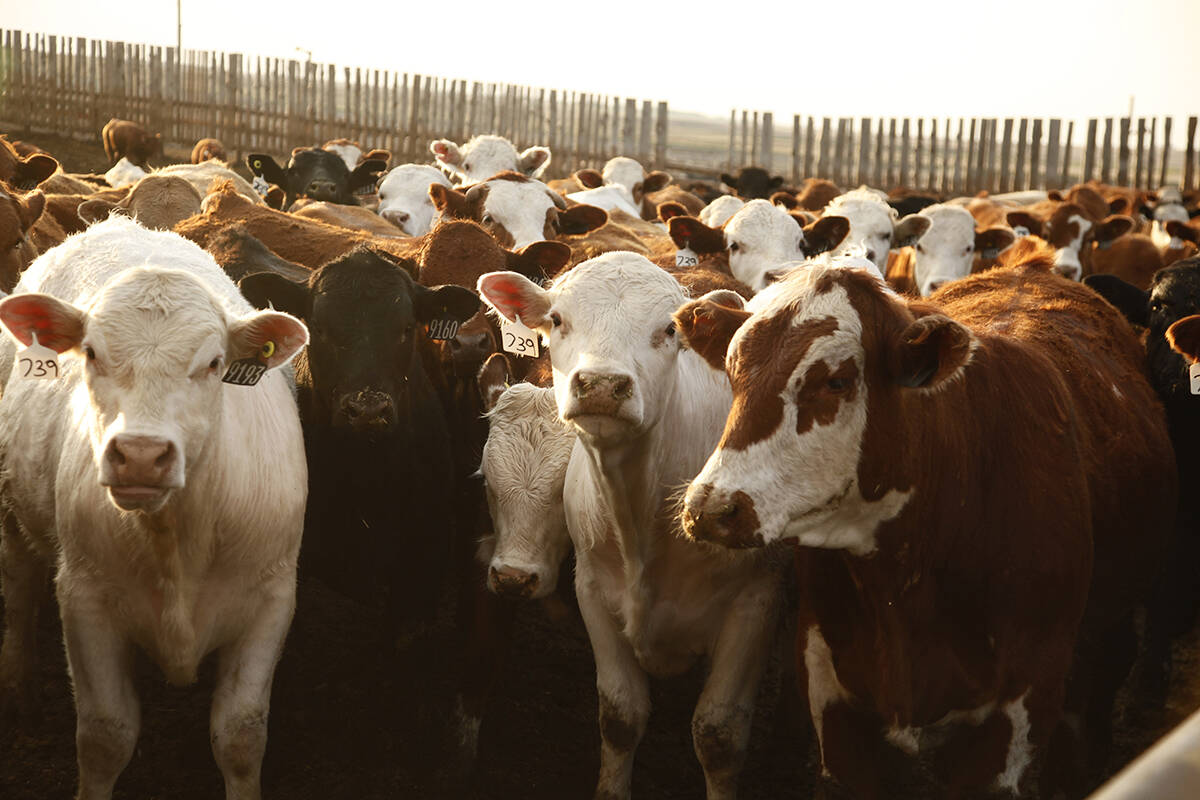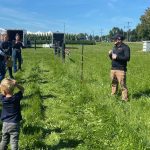CALGARY – When Sharon Johnson speaks about drug addictions she’s not just talking about a bloody-nosed cocaine addict or an emaciated heroin victim.
As an educator with the Alberta Alcohol and Drug Abuse Commission, Johnson includes in her list of troublemakers prescription drugs, caffeine, nicotine, alcohol and painkillers.
In a culture that doesn’t tolerate discomfort, it’s not surprising to see widespread drug abuse.
“When we talk about teenage drug use it’s really important to put it into the context of what our culture does. Our culture is a very pro-drug using culture,” said Johnson during a Rural Crime Watch workshop on drugs.
Read Also

Canada’s simplified BSE testing program shows good uptake
Going by the number of submitted material samples so far, cattle producers’ response so far to an updated national surveillance program for BSE is encouraging for Canada’s CFIA.
A recent AADAC survey of 2,100 rural and urban 12-17 year olds showed among those who had tried drugs, the vast majority had tried alcohol, said Johnson.
The survey also said 16.2 percent said they have tried marijuana or hashish. Of that group, 14 percent had used marijuana 20 or more times in the last 18 months.
Amphetamines, pills commonly known as speed, are not a large problem among teenagers and few rural kids have tried them because they’re hard to get. However, many use inhalants including gasoline, nail polish remover and aerosol sprays.
Getting through to teenagers can be a challenge. Most have a sense of immortality and don’t believe the ads that say drugs will kill them or turn their brains to fried eggs, said Johnson.
Among the young people arriving for treatment at AADAC clinics, all have alcohol problems and most use other drugs as well, she said.
While an adult may take 20 years to develop into an alcoholic, a teenager can develop an addiction within six to 24 months, she said.
There is a four-stage process to addiction.
- Learning the mood swing.
Most children get their first drink at home, such as a glass of wine at Christmas dinner. They may not like the taste, but they notice an upward mood swing and no real consequences.
- Seeking the mood swing.
Most adults don’t drink to get drunk. Young people will experiment to see how drunk they can get before they are sick or develop a terrible hangover.
- Preoccupied with the mood swing.
Drug use is not that negative at first and the young person will start thinking about drugs or liquor, how to get them and who has them. It starts to interfere with their life.
- Using drugs to feel normal.
By the time a parent is aware the child has a problem, she has likely already crossed over the first three stages.
Johnson advises talking with kids before the problems arise. Parents should look at their own behavior because teenagers pick up on actions sooner than words and they must decide what they will tolerate when it comes to drugs and alcohol use.
“What is your bottom line in terms of what is acceptable?”
There must also be realistic consequences for unacceptable behavior and teenagers must understand a parent will follow through on the threats.
Some of the warning signs of teens in trouble are:
- Phone calls from school because of frequent absences.
- Attitude changes.
- The smell of either alcohol or marijuana.
- Slovenly appearance.
- Red eyes. A parent may notice bottles of eyedrops for bloodshot eye treatment around the home.
- Peaks in appetite.
- Cigarette wrappers or pipes.
- Burned knives, used for hot-knifing hash on the kitchen stove.
- Pop bottles with the bottom cut off to use like a funnel to inhale hash fumes.
- Vials about the same size as perfume sample vials. There will be a green or black oily substance inside.
There are a number of support groups for parents. Information is available in Alberta by contacting AADAC. In Calgary the number is 403-297-4664; in Red Deer, call 403-340-5274; Edmonton is 403-422-7383.
Other rural residents can call the Addictions Foundation of Manitoba at 204-944-6200; the British Columbia Alcohol and Drug Information Referral Service at 1-800-663-1441; and Saskatchewan health districts’ alcohol and drug services.















